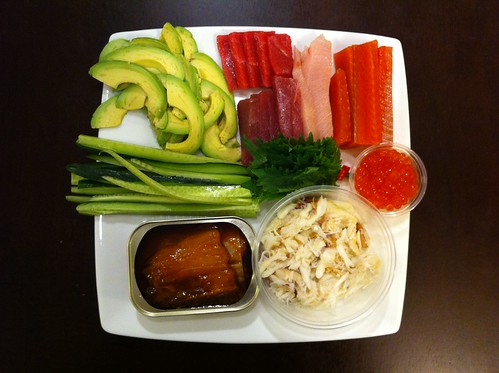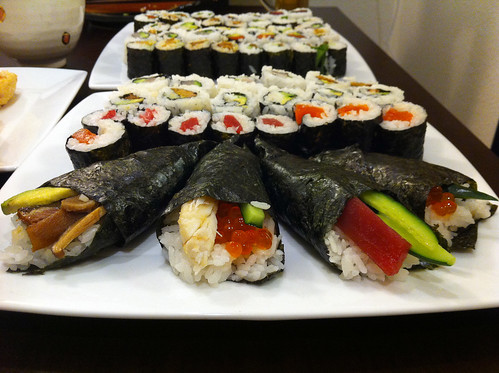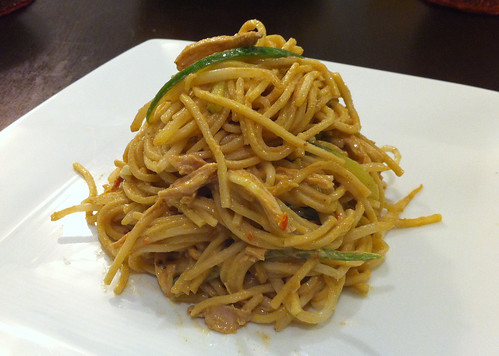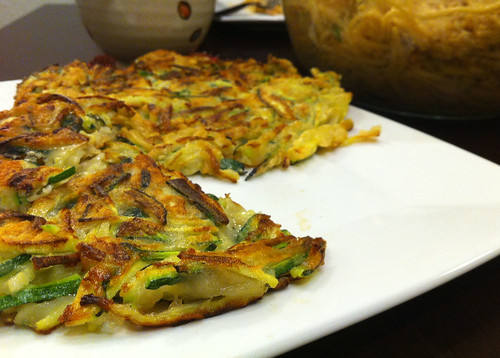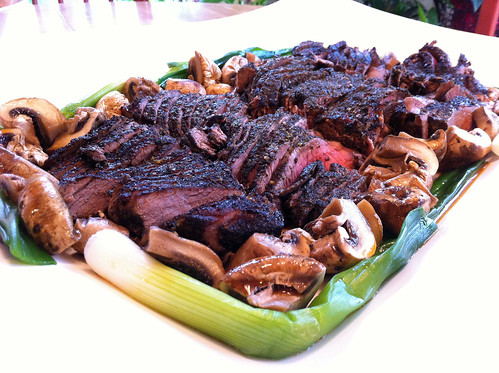Japchae was the first Korean dish I tasted when I first tried the cuisine years ago as a teenager. It became one of my favorites but I rarely order it at a restaurant anymore because I’ve learned to cook it at home.
These results are restaurant quality and totally worth the payoff. Don’t substitute these sweet potato noodles — they’re worth seeking out for their chewy, slippery texture that soaks up all the flavor. Best of all, japchae reheats well and tastes just as good the next day.
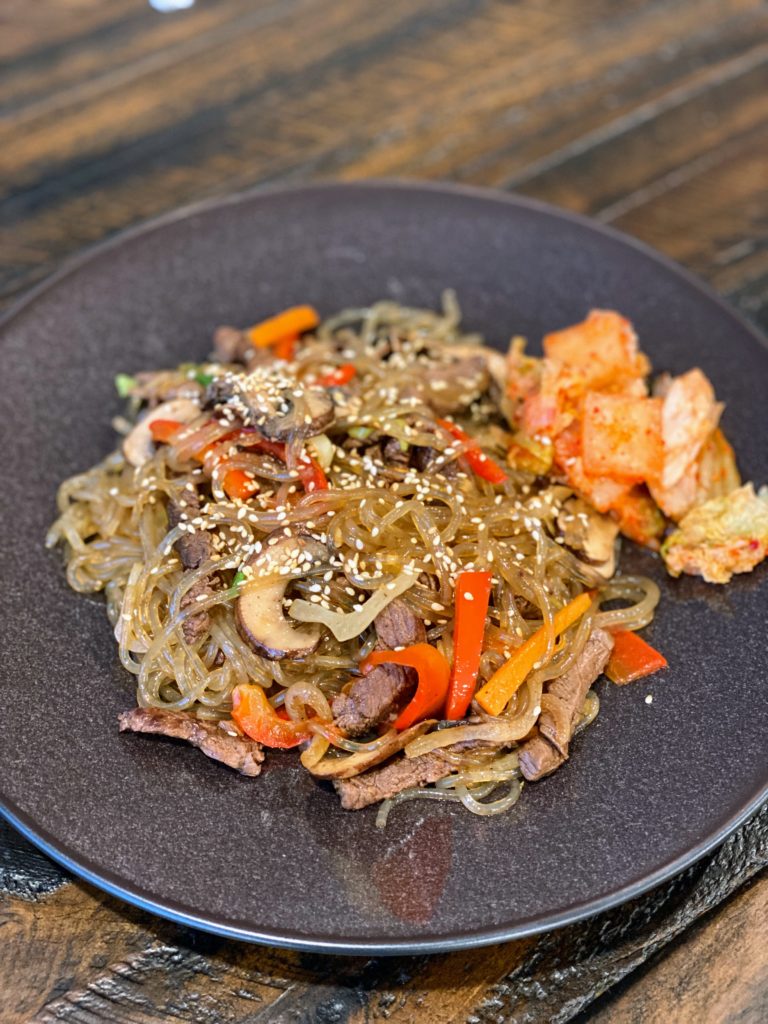
Ingredients:
- 3 tablespoons avocado oil
- 1 cup julienned carrots
- Salt and pepper to taste
- 2 cups thinly sliced onions
- 1 cup julienned red bell pepper
- 1 cup julienned button mushrooms
- 1 cup julienned filet mignon
- 1 clove garlic, minced
- 1/2 cup soy sauce
- 1/3 cup sugar
- 1 pound dried dangmyeon (Korean sweet potato starch noodles), cooked according to package directions
- 2 tablespoons sesame oil
- 2 tablespoons thinly sliced green onions, for garnish
- 1 tablespoons toasted sesame seeds, for garnish
Directions:
- Heat 1 tablespoon oil in a large skillet over medium-high heat. Add carrots, season with salt and pepper, and cook, stirring, until half-tender, about 3 minutes. Transfer to a large bowl. Repeat with 1 tablespoon oil, onions, peppers, and mushrooms and add to bowl.
- Wipe skillet clean; heat remaining oil. Add steak and garlic and cook until browned, about 4 minutes. Add soy sauce and sugar and cook until sugar dissolves. Pour over vegetables in a bowl, add noodles and sesame oil, and toss. Garnish with green onions and sesame seeds.

